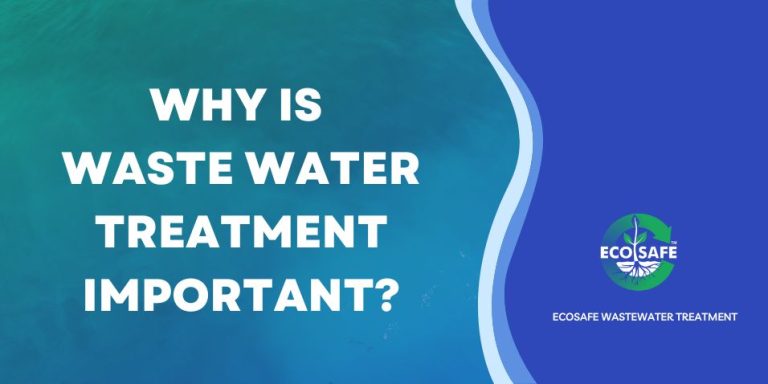All about Reclaim Waste
All about Reclaim Waste
Blog Article
Reclaim Waste Fundamentals Explained
Table of ContentsOur Reclaim Waste DiariesThe Ultimate Guide To Reclaim WasteEverything about Reclaim WasteIndicators on Reclaim Waste You Should KnowNot known Factual Statements About Reclaim Waste
Domestic sewage waste refers to the waste and products from a residential septic storage tank. The proper management and disposal of residential sewage waste require fluid waste to be moved to a sewage treatment plant where the proper approaches and equipment are applied to cleanse and dispose of waste.
Commercial waste typically consists of possible hazards, such as combustible materials or a blend of fluid and strong waste products, and needs an extra innovative and in-depth disposal procedure. The disposal of business waste normally involves the filtration of waste before transportation to guarantee risk-free and correct disposal. Industrial waste is developed from results and overflow of commercial procedures and manufacturing.
This kind of waste can not utilize the exact same sewage monitoring transportation or processes as septic or business liquids. The hazardous waste management procedure calls for the inspection and testing of liquid waste prior to it goes through the disposal procedure (liquid waste disposal). Drainage waste is the fluid waste that originates from runoff and excess stormwater in highly populated areas or cities
Drainage waste can create contamination and flooding if not taken care of properly. Making sure correct waste administration can protect against catastrophes and decrease ecological damage.
Some Known Details About Reclaim Waste
Contact PROS Providers today to find out about our waste administration and disposal solutions and the proper methods to look after the fluid waste you create.
(https://www.slideshare.net/leonaube33101)Do you know what occurs to your water when you disengage, flush the toilet or drain pipes the washing machine? No? Well, it deserves understanding. This supposed 'wastewater' is not only a vital source but, after therapy, will be released to our land, rivers or the ocean. Used water from commodes, showers, baths, kitchen area sinks, washings and industrial procedures is called wastewater.

water utilized to cool down machinery or tidy plant and devices). Stormwater, a kind of wastewater, is drainage that flows from farming and city locations such as roof coverings, parks, gardens, roads, courses and gutters into stormwater drains, after rainfall. Stormwater streams neglected directly to neighborhood creeks or rivers, eventually getting to the ocean.
Facts About Reclaim Waste Revealed
In Queensland, a lot of wastewater is dealt with at sewer therapy plants. Wastewater is transferred from domestic or commercial websites through a system of drains and pump stations, understood as sewage reticulation, to a sewer therapy plant. City governments build, preserve and operate most sewage treatment plants. Operators are certified under the Environmental Defense Act 1994 to discharge treated wastewater at an appropriate environmental criterion right into waterways.
The Department of Natural Resources advises city governments about handling, operating and keeping sewage systems and treatment plants. In unsewered areas, local governments might call for homeowners to set up individual or household sewer therapy systems to deal with domestic wastewater from toilets, kitchen areas, washrooms and laundries. The Department of Natural Resources authorizes making use of home systems when they are proven to be reliable.
Many stormwater obtains no treatment. In some brand-new neighborhoods, treatment of some stormwater to get rid of litter, sand and crushed rock has actually started utilizing gross toxin catches. Wastewater treatment takes place in 4 phases: Gets rid of strong issue. Bigger solids, such as plastics and other things incorrectly discharged to sewers, are removed when wastewater is passed via displays.
Utilizes small living microorganisms knows as micro-organisms to break down and eliminate remaining liquified wastes and great particles. Micro-organisms and wastes are integrated in the sludge.
Reclaim Waste Fundamentals Explained
Nutrient elimination is not available in all sewer therapy plants due to the fact that it needs costly specialist equipment. It is becoming much more typical in Queensland. Clear liquid effluent created after therapy may still include disease-causing micro-organisms. If this effluent is launched into rivers such as rivers or the sea, the micro-organisms will at some point die out.

This typically implies wastewater needs to be dealt with or pollutants eliminated before it can be discharged to waterways. Most wastewater streams into the sewage system. Under the Act, city governments provide approvals and licences for eco relevant tasks (Ages) including wastewater releases that could have a neighborhood impact. The division administers authorizations and licences to Periods involving wastewater launches that might have a local or statewide influence.
Reclaim Waste for Beginners
Surveillance provides accurate information concerning water top quality and can verify that permit problems are being fulfilled. The information obtained with monitoring supplies the basis for making water top quality decisions.
Report this page